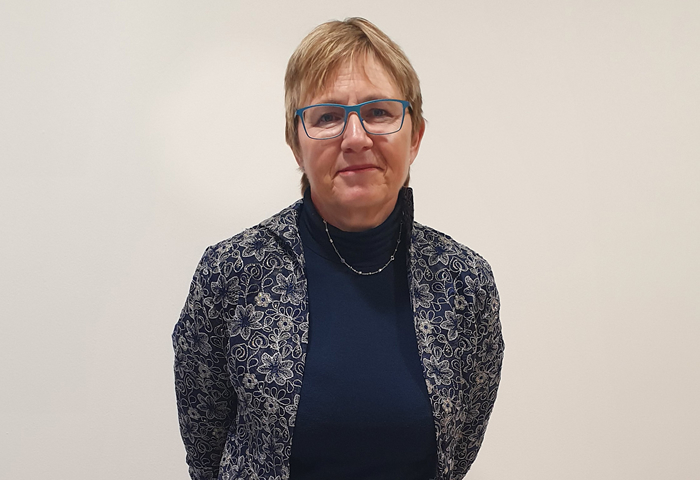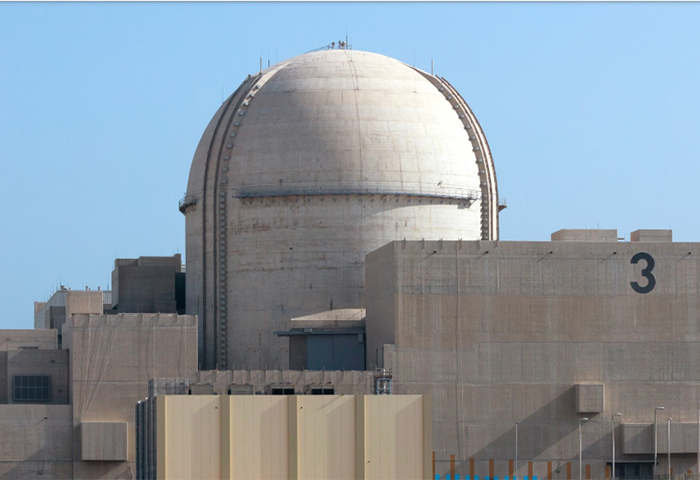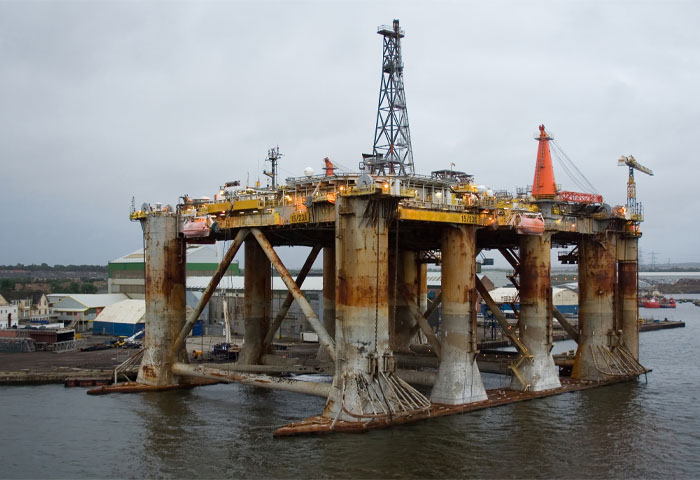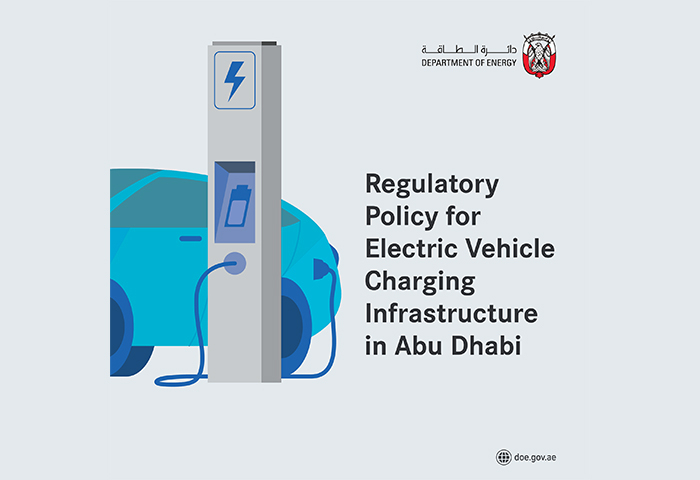Accenture works with organizations on circular economy and resource effectiveness programs to develop new strategies, business models, and capabilities. It helps organizations use digital technologies to monetize untapped sources of value to grow sustainably and increase resource and energy effectiveness through real-time cost and risk analytics. According to Accenture, in a circular economy, growth is decoupled from the use of scarce resources through disruptive technologies and business models based on longevity, renewability, reuse, repair, upgrade, refurbishment, capacity sharing, and dematerialization.
In an exclusive interview with Energy Review MENA, Rachel Bartels, senior managing director, chemicals and natural resources at Accenture, goes more into the details of the circular economy, talks about AI opportunities amongst chemical companies, and highlights the role of women in such industries.
What is a circular economy in the chemical industry?
The circular economy is the concept of decoupling economic growth from material usage. It is creating a mechanism whereby you are eliminating waste, and you are reusing, recirculating, recycling products while removing toxic substances, and reducing or eliminating the use of scarce and non-renewable resources.
Someone once said that nature is circular because one item’s death is another item’s launch. The mechanism is a closed-loop, and the idea behind circular is making sure that materials do not escape into the ocean or landfill without us taking advantage.
When people think of the circular economy, they usually think about recycling. The whole point is about eliminating waste.
Take cars as an example. We mostly use cars to get to a destination and drive back with probably only one passenger when it can generally fit four. Think about the waste sitting in the material-usage because of the empty seats. Part of this is how we eliminate that waste. It is compelling because it is about the economy, not just about sustainability. An example is AkzoNobel, which launched a new kind of paint. Usually, people throw out paint tins, and AkzoNobel started working with waste management companies to obtain the paint that people have dumped and use it to make a new kind of paint, which is 35% recycled and has 10% lower carbon footprint to make.
Over time, if we get carbon pricing in, those products will become far more valuable and will help generate more money. Other companies are using analytics to change the way they run their supply chain by linking with other companies to reduce empty running (as we mentioned the car example). Then, the asset is better utilized, and they have lower costs, which generates more money.
We just did a global consumer survey of 10,000 consumers, and 81% said they prefer buying products that had a sustainable or eco-friendly footprint. Products having a sustainable profile are experiencing far higher growth rates than products that do not. People are paying for it and that’s important because groups of individuals care more about it.
People used to think that it is only a European thing. But, when you do the analysis, people in Asia and other emerging markets care more about sustainable products than the Europeans do. There is a whole leapfrog opportunity embedding circular principles, and some companies such as Indorama are integrating them quickly.
How can chemical companies take advantage of AI and lab automation?
There is a tremendous opportunity with AI, especially with the use cases we are seeing emerging. We are doing projects through machine learning and AI techniques, which enable and fundamentally change the yield. This has come as a shock to some of our clients, particularly some of their process engineers who questioned how data scientists would know how to adjust the factory’s inner manufacturing processes, especially that they have been running the factory for years and know its parameters. But what we are finding is significant yield improvement. Even a 1% improvement is a considerable amount of money going into your bottom line.
Also, we see much improvement in safety management and safety profiling. Using artificial intelligence to do network optimization allows trucks to run more efficiently so that you can route them better and know how much fuel you need. It also improves service delivery to customers. Moreover, there is a push amongst chemical companies to figure out how they use AI to help in the Research & Development (R&D) efforts to think about new molecular designs. It is not as far as the farmer companies are, but we are beginning to see it. Part of that is because there is a big drive around innovation and R&D, which creates tremendous opportunities for the industry and enables new products and services.
As a woman in chemicals, mining, and energy, what were the challenges you faced in your career to reach such positions?
My first observation would be early on when I started my career, there were no women partners in our office, and when I was in the industries, there were few women around. I decided to look for role models, and they come in many shapes and sizes. The reality is that one person cannot be a good role model. There would be bits of that person that do not work for you. That is important because, in the end, we are just human.
Second, I managed to attract sponsors, not mentors. And the difference is significant. Of course, you want as many mentors as you can get because those are the people that you can go and ask for advice. However, the difference between a mentor and sponsor is that the sponsor is the one who turns around and says what job you should get because it will be a significant development opportunity for you. They are in the room helping you make decisions about roles that will help you demonstrate and build all your capabilities and learn more, and they are essential to have.
Third, my observation as a woman compared to my male colleagues. Males tend to be comfortable saying they can carry out a task if they have only 50% of the skills, while women hesitate if they have not done the task before and doubt their abilities. We grow by having new experiences.
I am a lifelong learner and forever looking for new things to learn. When I took on a new position as the Inclusion and Diversity Lead for Resources globally, I started thinking about how I was going to do it. Of course, I had ideas, but it is about the challenge and how you are going to make an impact. I think women have many opportunities now, and part of it is having the courage to voice convictions, which is what I did.
What are your future goals for 2020?
Becoming carbon neutral is a goal for me in 2020, and I want to lower my footprint significantly. My other goal, which is more of a personal mission, is to continue to drive awareness around the changes we need to do around circular, which is crucial to pivot to a sustainable planet. I want it to reach a point where I can say that this is a board-level discussion, and how they implement it is another issue.









